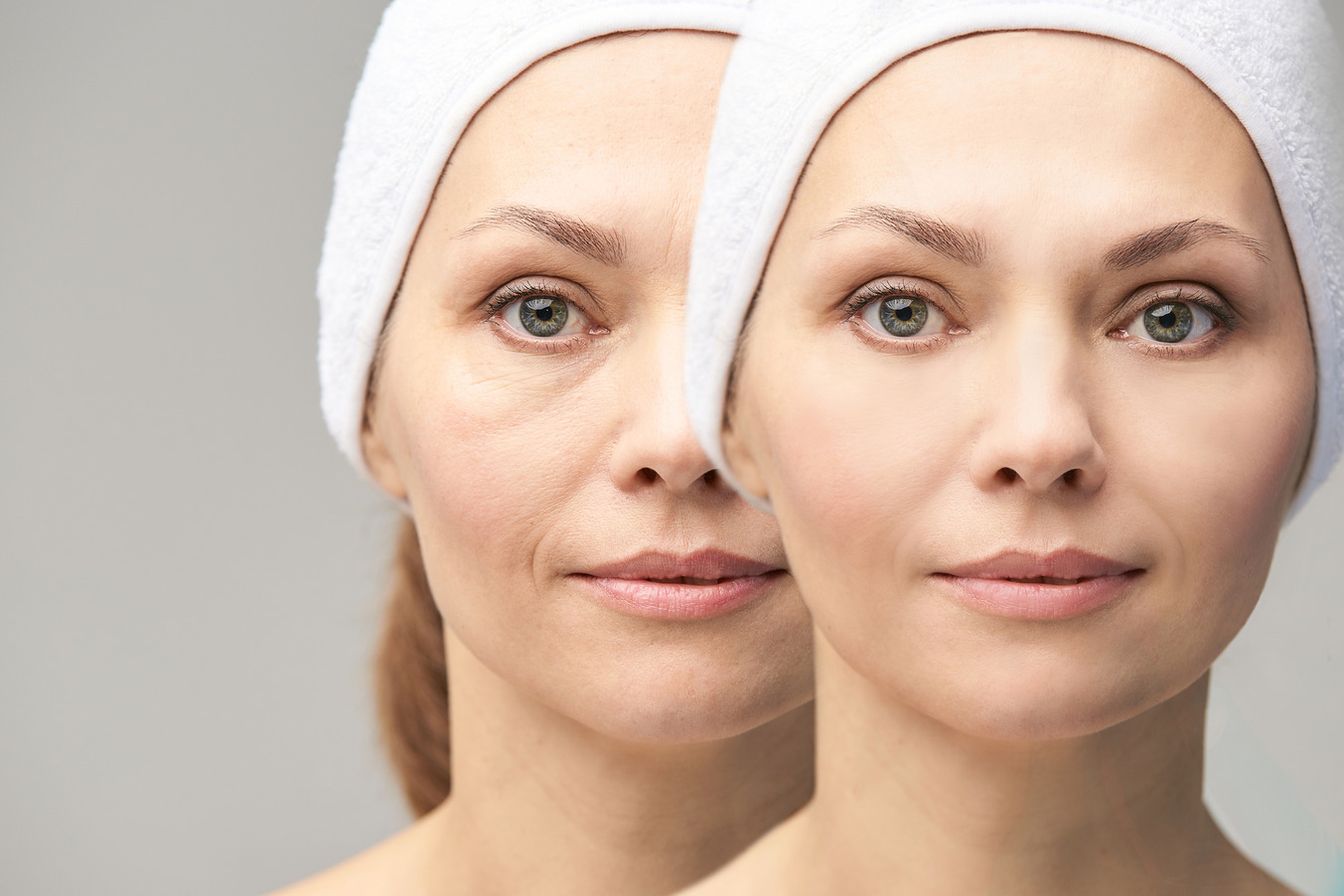
Bags under the eyes occurs mainly due to ageing with mild swelling or puffiness under the eyes. The tissues around the eyes weaken with ageing, including some of the muscles supporting the eyelids.
Normal fat that supports the eyes may move into the lower eyelids, causing them to appear puffy. Fluid also can gather in the space below the eyes, adding to the swelling.
Bags under the eyes are mainly a cosmetic concern than a sign of a severe underlying medical condition. Natural remedies like cool compresses can help improve the look of bags under the eyes. However, if under-eye puffiness continues or gets bothersome, eyelid surgery may be an option.
The signs of bags under the eyes are mild swelling, dark circles and saggy or loose skin.
Bags under the eyes are harmless and don't need medical care. Talk to the doctor when swelling is severe, persistent, painful, itchy or red. The doctor first examines to rule out other possible problems contributing to the swelling, like thyroid disease, infection or an allergy. Then may refer you to an ophthalmologist or oculoplastic surgeon.
The tissue structures and muscles supporting the eyelids weaken with age. The skin might begin to sag, and fat, generally confined to the area around the eye (orbit), which moves into the area below the eyes. Also, the space under the eyes may store fluid, causing the under-eye site to appear puffy or swollen. Several factors cause or worsen this effect, like lack of sleep, allergies, smoking, heredity factors run in families, fluid retention, primarily upon waking or after a salty meal.
These tips can help lessen or eliminate bags under the eyes:
· Use a cool compress - apply a clean washcloth soaked with cool water to the skin under and surrounding the eyes for a few minutes using mild pressure.
· Cut down on fluids before bedtime and limit salt intake in the diet to decrease fluid retention.
· Avoid and even quit smoking as it worsens the problem.
· Get enough sleep; usually, about seven to nine hours is suitable for most adults.
· Sleep with the head slightly raised, add an extra pillow or prop up the head of the mattress or elevate the entire head of the bed a few inches. It prevents fluid from accumulating around the eyes during sleep. Dark circles due to fluid retention in the lower eyelids go away when you get up.
· Reduce allergy symptoms, avoid allergens and try over-the-counter allergy medications. Talk to the doctor about prevention strategies when you develop under-eye reactions due to hair dyes, soaps, cosmetics or other allergens.
· Use cosmetics to mask the area - under-eye circles with makeup.
Patient Experience